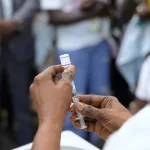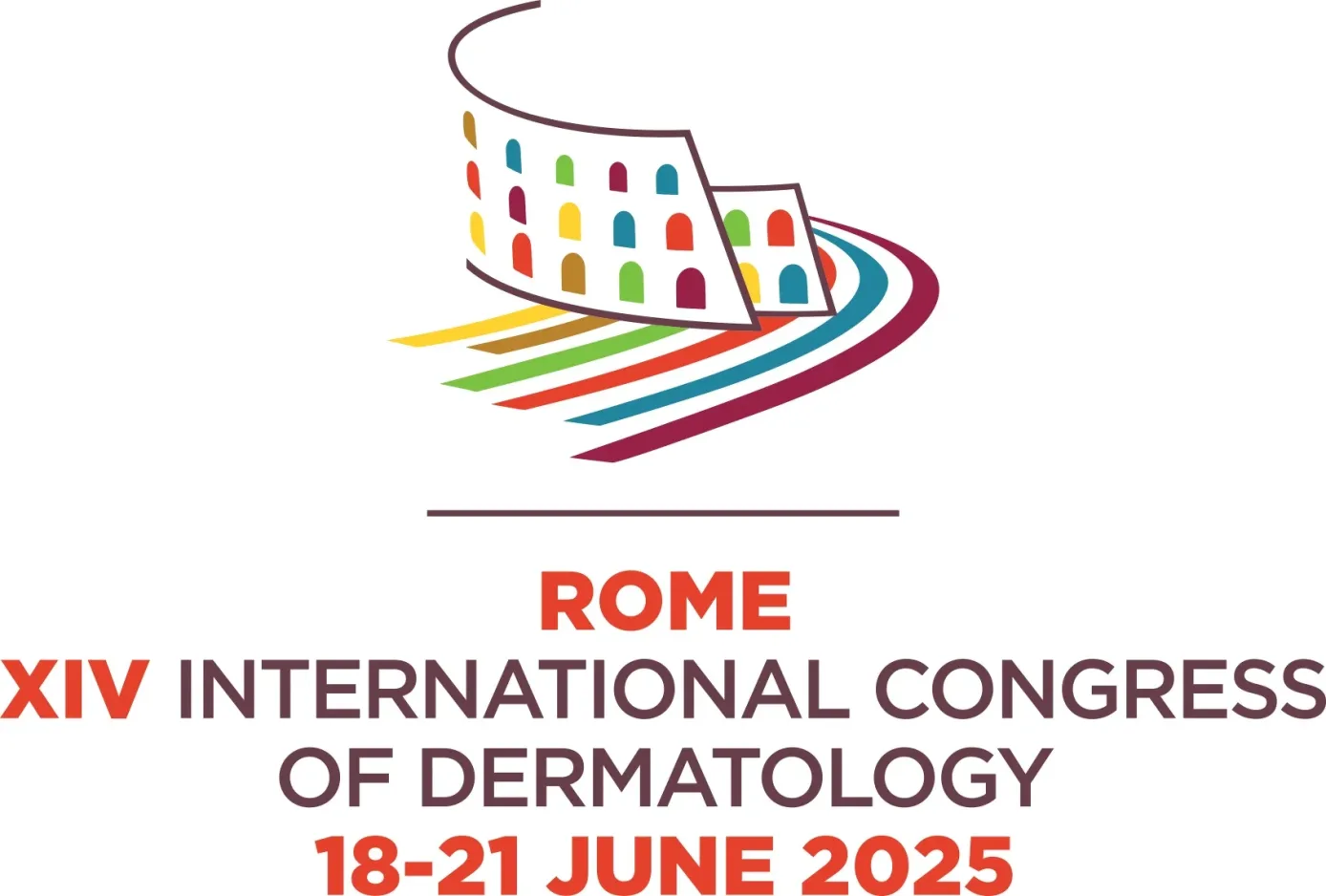A team of researchers has achieved a major scientific milestone—successfully removing the extra chromosome responsible for Down syndrome in human cells using CRISPR-Cas9 gene-editing technology. The study, published in PNAS Nexus, marks a significant step forward in the potential treatment of genetic conditions at the cellular level.
What Was Done
Led by Ryotaro Hashizume and colleagues, the study involved editing cell lines derived from individuals with trisomy 21—specifically, both skin fibroblasts and induced pluripotent stem cells. Using CRISPR-Cas9, the researchers were able to:
- Identify and selectively cleave the third copy of chromosome 21,
- Ensure the remaining chromosomes were from both maternal and paternal sources, and
- Suppress the cell’s natural repair mechanisms to improve the accuracy of removal.
The result: a reversal in abnormal gene expression and cellular behavior—demonstrating what the researchers describe as a form of “chromosomal rescue.”
Why This Matters
Down syndrome, caused by an extra copy of chromosome 21, affects approximately 1 in 700 live births. While early diagnosis is possible, there is currently no treatment that targets the root genetic cause.
This research highlights the potential of gene editing as a therapeutic strategy. Although clinical application is still a long way off, especially given current limitations in applying this method in living organisms, the findings open the door to a new line of inquiry in genetic medicine.
A Step Forward—But Still In Vitro
The current study is a proof of concept and was conducted entirely in vitro. The authors acknowledge that the technique, in its present form, may unintentionally impact other chromosomes. However, the possibility of using similar approaches in neurons and glial cells raises hopes for future interventions that could support people with Down syndrome in new ways.
Looking Ahead
Can gene editing one day correct chromosomal conditions before birth?
Will “chromosomal rescue” become a standard part of regenerative medicine?
These are questions that remain unanswered—but this breakthrough certainly brings us closer to finding out.
📖 Reference
Ryotaro Hashizume et al, Trisomic rescue via allele-specific multiple chromosome cleavage using CRISPR-Cas9 in trisomy 21 cells, PNAS Nexus (2025). DOI: 10.1093/pnasnexus/pgaf022
Journal information: PNAS Nexus













